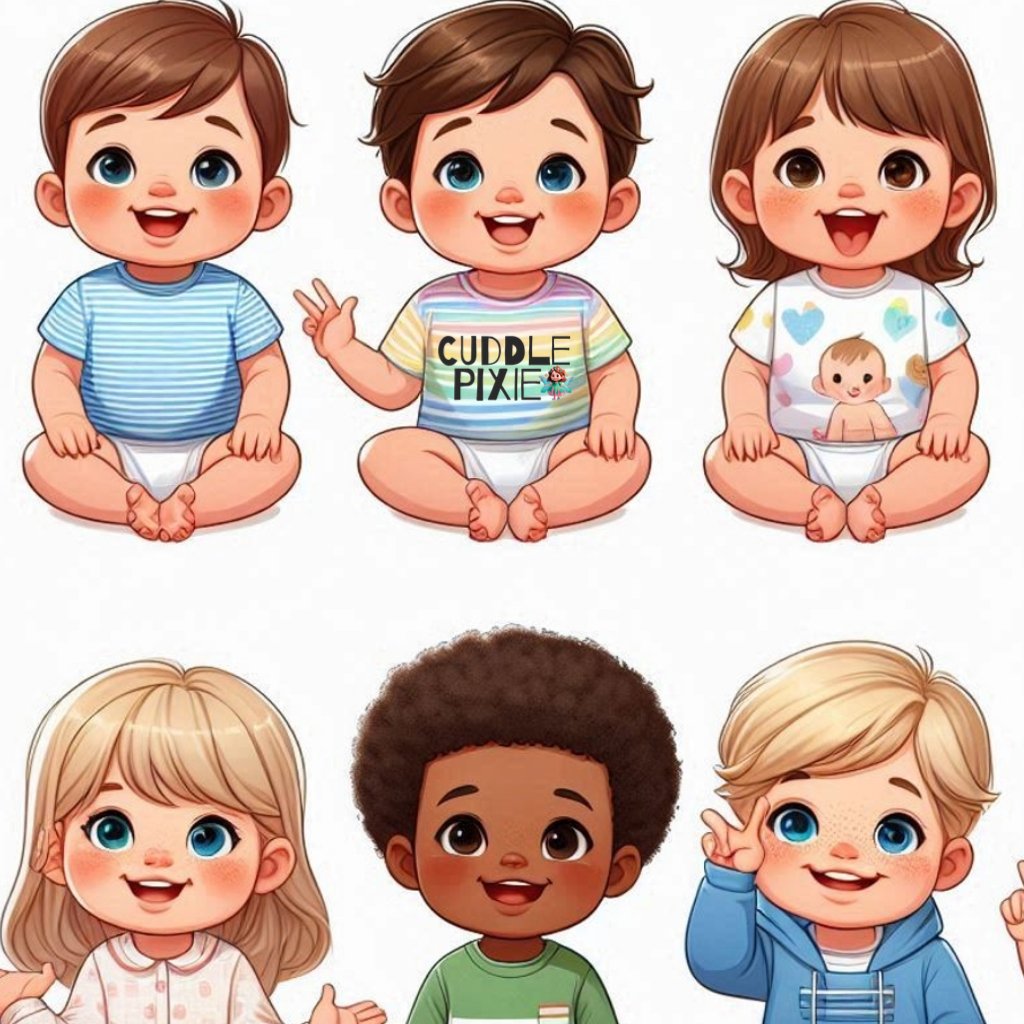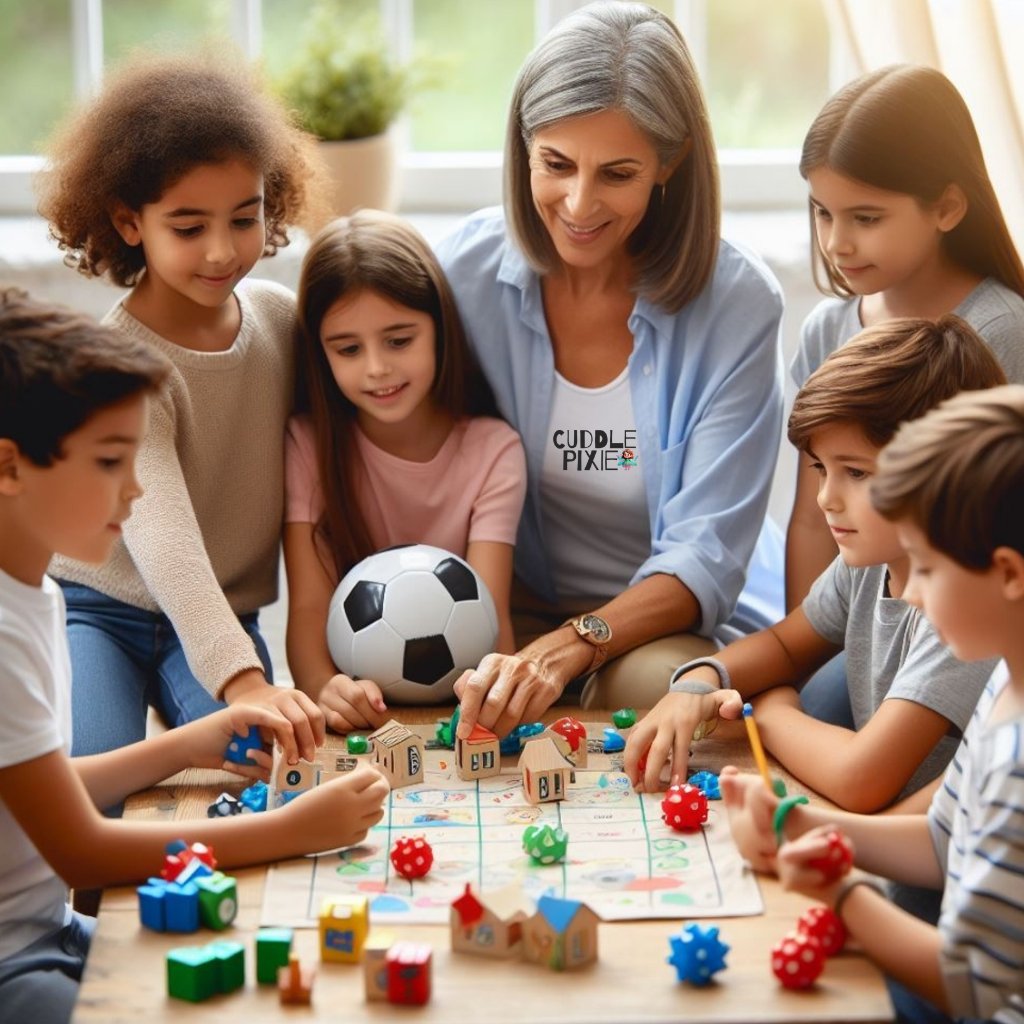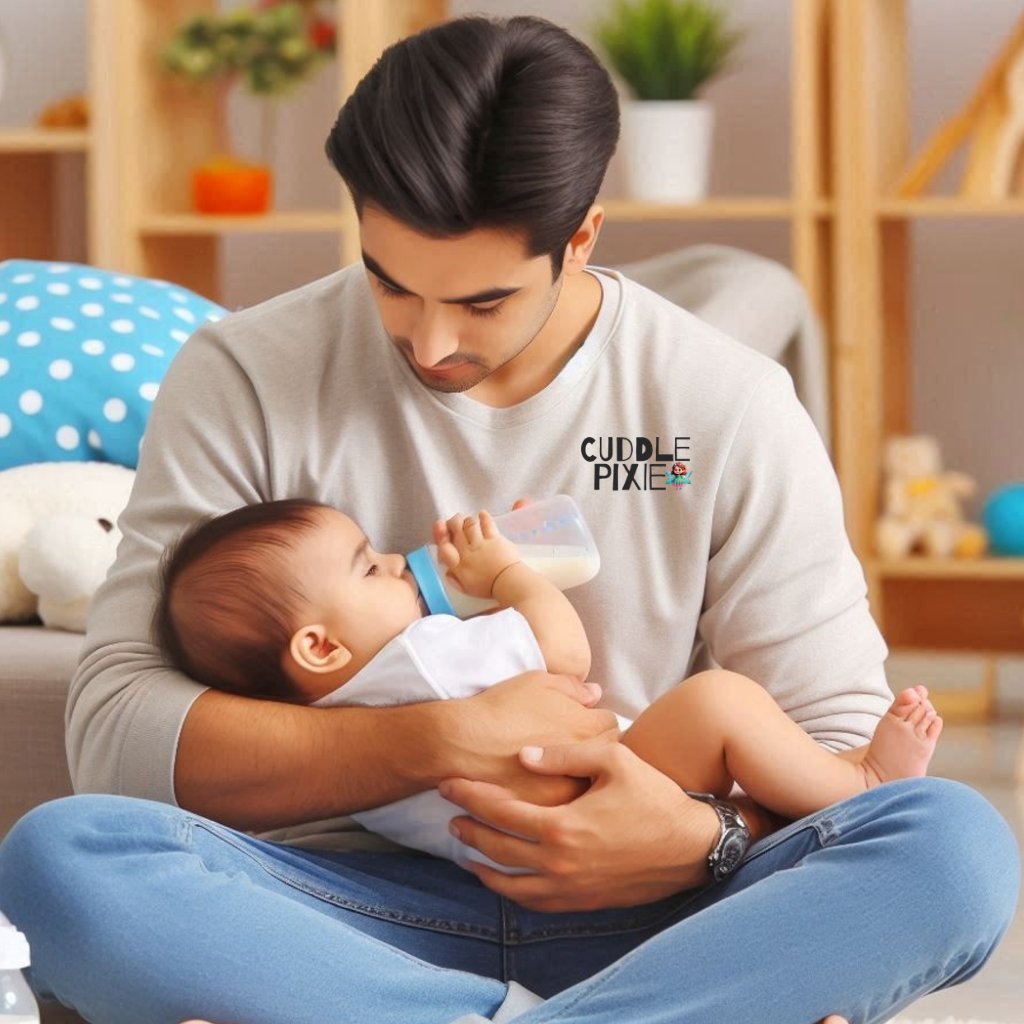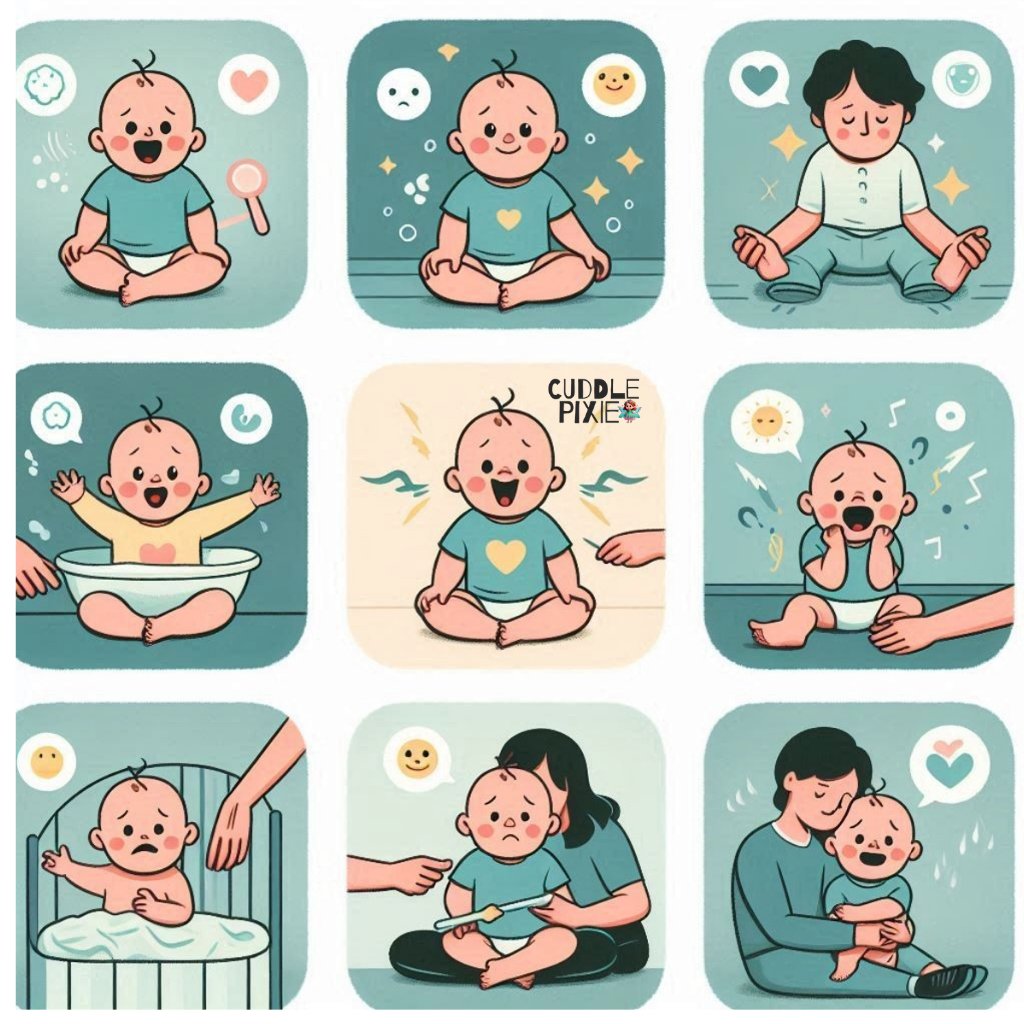Ever wonder what’s going on in your child’s mind? Their giggles and gurgles are adorable, but deciphering their tears and tantrums can be a mystery. Well, worry no more! This guide will help you understand your child’s emotional development milestones, from those first precious smiles to directing the trickier preschool years.
In This Article
The Early Days: Building a Foundation (Birth to 1 Year)
From the moment they enter the world, babies are emotional beings. They cry to express needs like hunger or discomfort and smile in response to comfort and love. This early stage is all about building a secure attachment with you, their primary caregiver. Here’s what to watch for:
- Newborn (0-3 months): Your little one might not show a wide range of emotions yet, but they’ll definitely communicate through cries, coos, and fussiness. They’ll be most soothed by familiar faces and voices, and start to recognize your calming touch.
- 3-6 months: Big smiles and happy coos become more frequent! They’ll show excitement when they see you and might even cry when you leave. This is a sign of their growing attachment.
- 6-9 months: Laughter joins the party! They’ll start to respond to different tones of voice and facial expressions. Peek-a-boo becomes a favorite game, showing they understand the concept of object permanence (knowing things exist even when unseen).
- 9-12 months: Stranger anxiety might kick in. They may become wary of unfamiliar faces and places. This is normal and shows their growing awareness of their surroundings.
Exploring Emotions (1 to 3 Years)
The toddler years are a whirlwind of emotions! Your little explorer is constantly learning and discovering, and their feelings come along for the ride. Here’s how their emotional world expands:

- 1-2 years: Frustration becomes a common theme. They’re eager to do things themselves, but their skills are still developing. Expect tantrums when things don’t go their way. Be patient and offer choices when possible.
- 2-3 years: The terrible twos? Not always! They’re learning about independence and self-control. They may start to show empathy, comforting a crying friend or sibling. Parallel play (playing alongside other children) becomes more common.
- 3-4 years: Their vocabulary explodes, and so do their emotional expressions! They can now label their feelings with words like “happy,” “sad,” or “angry.” Expect bigger emotional reactions, but also moments of great pride and joy.
The Wonderful World of Play (3 to 5 Years)
Playtime takes center stage in these years. It’s how your child practices social skills, explores emotions, and makes sense of the world. Here’s what to look for emotionally during this playful phase:

- 3-4 years: Imaginative play flourishes! They might create elaborate stories with toys and stuffed animals. They’re also starting to understand fairness and take turns during games.
- 4-5 years: Friendships become more important. They’ll learn to navigate conflicts with peers, share, and cooperate. They may still show jealousy or possessiveness, but these feelings will lessen as they develop social skills.
- 5-6 years: They’re getting ready for school! They’ll be able to express a wider range of emotions and understand the emotions of others. They might start to worry about things like separation from parents or fitting in at school.
Building Strong Emotional Muscles: Beyond the Preschool Years
The journey of emotional development continues well beyond the preschool years. As your child enters elementary school and beyond, they’ll face new social situations, academic pressures, and the ever-changing world of friendships. Here’s a glimpse into what to expect:

- School Age (6-12 years): Their emotional world becomes more complex. They might experience self-doubt, anxiety about school performance, and peer pressure. Empathy and compassion for others grow stronger.
- Adolescence (13-19 years): Welcome to the rollercoaster of teenage emotions! Hormonal changes can lead to mood swings, increased self-consciousness, and a desire for independence. Building strong communication and trust with your teen is crucial during this time.
Every Child Develops at Their Own Pace
These milestones are a roadmap, not a strict timeline. Some children might reach them earlier, while others take a little longer. Here are some tips for navigating your child’s emotional development:
- Be patient and understanding: Big emotions are a normal part of growing up.
- Label their feelings: Help your child put words to their emotions by saying things like, “I see you’re feeling frustrated because you can’t reach that toy.”
- Offer comfort and support: Let them know it’s okay to feel sad or angry, and that you’re there for them.
- Be a role model: Healthily manage your own emotions so your child can learn from you.
- Read books about emotions: There are many great children’s books that can help them understand and express their feelings.
- Seek help if you have concerns: If your child’s emotional development seems significantly delayed, talk to your pediatrician or a child development specialist.
Your Role as a Supportive Guide
Throughout your child’s development, your role is to be a supportive guide. By offering love, understanding, and a safe space to express themselves, you’ll equip them with the tools they need to direct their emotions effectively. Remember, emotional development is a lifelong process, and there will be bumps along the road. But with your love and guidance, your child can build a strong emotional foundation that will set them up for success in life.

Understanding your child’s emotional development is a journey of discovery, both for them and for you. By providing a safe and nurturing environment, you can help your child build a strong emotional foundation. Remember, these early years are crucial for shaping their emotional intelligence, which will impact them throughout their lives. Here are some additional ways to support your child’s emotional well-being:
- Create routines and rituals: Predictability helps children feel secure and manage their emotions better.
- Set clear and consistent limits: Knowing boundaries helps them understand what’s expected and feel safe.
- Encourage healthy communication: Talk openly about emotions and create a space where they feel comfortable expressing themselves.
- Celebrate their accomplishments: Positive reinforcement builds self-esteem and helps them confront challenges.
- Make playtime a priority: Playtime is how children learn to express themselves, problem-solve, and develop social skills.
Final Words
Raising a child is an incredible adventure, filled with laughter, discovery, and yes, even meltdowns! Understanding your child’s emotional development is a key piece of this journey. It helps you direct their tantrums with patience, celebrate their achievements with joy, and create a safe space for them to express themselves freely.
Think of their emotions like muscles. They get stronger with practice and guidance. By providing a loving and supportive environment, you’re helping your child build emotional intelligence. This is a powerful skill that will benefit them throughout their lives. It will help them manage stress, build healthy relationships, and bounce back from challenges.
Remember, there’s no such thing as a perfect parent, and there’s no perfect path for emotional development. Every child is unique, and their emotional journey will unfold at its own pace. Trust your instincts, seek help when needed, and most importantly, cherish these precious moments of growth and connection with your little one. As they explore the world of emotions, you’ll be right there beside them, cheering them on every step of the way.
